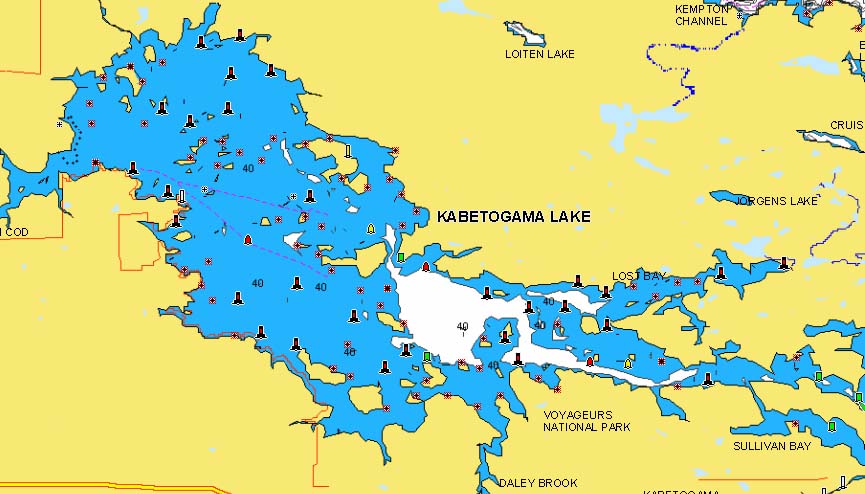
This body of water lies within Voyageurs National Park, and at just more than 24,000 acres is one of the state’s 10 largest inland lakes. A healthy walleye population also makes it a premier destination for fishermen. In addition, recent netting surveys by the Minnesota Department of Natural Resources showed an astonishing number of young walleyes in the lake, which bodes well for angling in the future.
Bob Jensen, Team Northland member and founder of Fishing The Midwest, has spent countless hours fishing Kabetogama. He says that during a career that has taken him to waters across the upper-central U.S., the lake remains one of his all-time favorites.
Here’s his take on Lake Kabetogama.
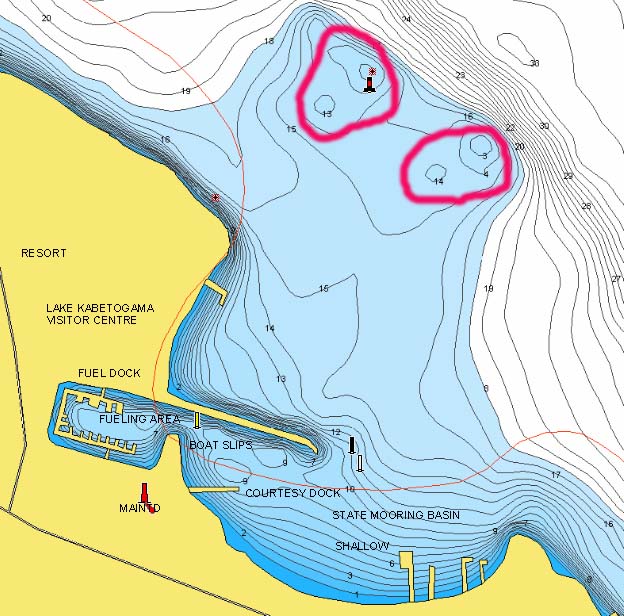
1. Walleye anglers should focus on the offshore structure during the summer and fall, says Jensen, explaining that submerged humps, especially those adjacent to deep water, offer walleyes shallow-water feeding opportunities from which they can quickly escape to the security of the depths when alarmed. To speed the search process and eliminate unproductive water quickly, the angler relies on sonar to locate walleyes before dropping a line. The series of humps just to the north of the Lake Kabetogama Visitor Center is a good place to begin the search, he says, but he urges anglers to keep moving to a similar structure if a sonar scan doesn’t reveal fish.
During the summer and early fall, try trolling a live bait rig made up of a Rock-Runner® Slip Bouncer and a Super-Glo hook on a 30- to 40-inch snell. Jensen prefers to run an Impulse® Nightcrawler or Rig’n Leech on the hook to keep rebaiting to a minimum. Walleyes can be concentrated where you find them and it pays to put a bait back into the water as quickly as possible. At the same time, the fish are famous for their finicky ways, so it’s wise to have a stash of live bait on hand as a backup.
As fall progresses, live bait rigs give way to jig-and-minnow combinations, and Jensen’s go-to is the classic ¼-ounce Fire-Ball® Jig in Sunrise, Parakeet, or Glow Watermelon.
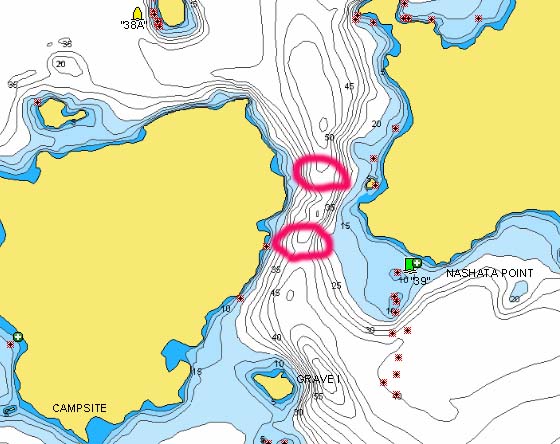
Fall is also the time to target big crappies. “Look for neck downs that offer 30 feet of water between visible land structures,” he says. “Typically the fish will be holding at either end of the narrows in concentrated schools 5 or 6 feet off the bottom.”
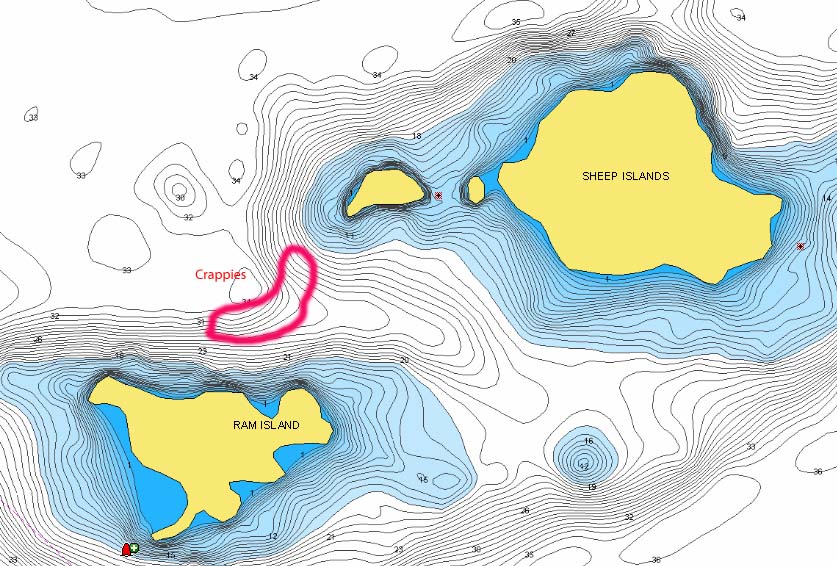
Here again, using sonar is critical. If Jensen doesn’t see fish on the screen, he moves on to another area. Try fishing a Fire-Ball-and-minnow combination, or a 1/8- to ¼-ounce Puppet® Minnow straight over the side, watching the bait on your sonar screen so you can keep it just above the crappie’s level. It’s not uncommon to locate schools of crappies that run 12 to 14 inches long this time of year, he adds.
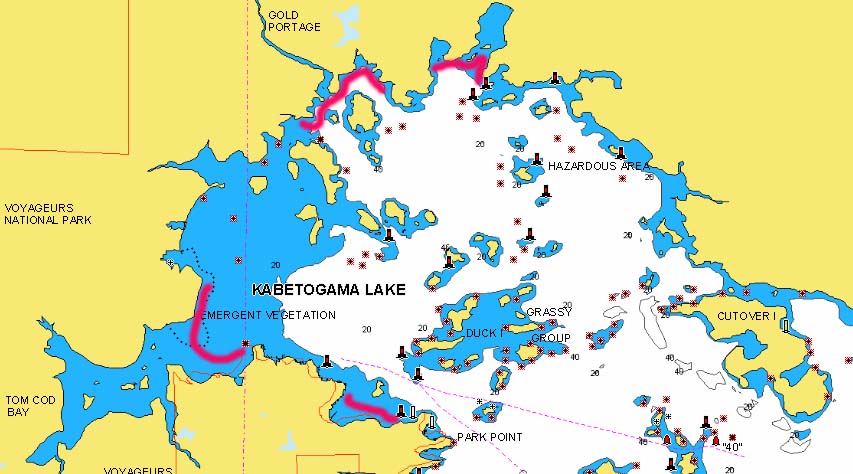
2. From the season opener in May through early June, Jensen recommends hugging the shore, especially wind-blown shorelines that offer a gradual taper of rubble, pea gravel, or sand. Focus on 5- to 8-foot depths with a 1/8-ounce Stand-Up Fire-Ball® Jig-and-minnow combination that moves along the bottom.
Vital Stats
Lake Kabetogama
Size: 24,034 acres
Max Depth: 80 feet
Average Water Clarity: 8.8 feet
Shoreline: 190.54 miles
Species Present: Walleyes, Northern Pike, Yellow Perch, Black Crappie, Bluegill, Largemouth Bass, Smallmouth Bass, Sauger, Rock Bass, Burbot, Cisco

